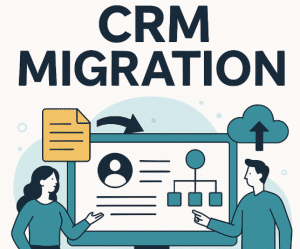2025 Update:
CRM Migration – How to Prepare Your Data for a Seamless Transition

Migrating to a new CRM system is a pivotal step for any organization looking to scale operations, improve customer relationships, or unify data across platforms. But even the best CRM software will disappoint if your data isn’t ready. Without proper preparation, you risk data loss, duplication, mismatches, and chaos in everyday operations.
In this 2025 guide, we’ll walk you through how to profile, cleanse, match, and deduplicate your data so your CRM migration is smooth, accurate, and ready for action.
Why Data Preparation Is Non-Negotiable
Each data source—whether marketing lists, sales spreadsheets, legacy systems, or customer support logs—carries its own quirks. You’ll encounter:
-
Formatting inconsistencies (dates, phone numbers, addresses)
-
Hidden characters or whitespace noise
-
Missing values or placeholder text (“N/A”, “unknown”)
-
Duplicate or overlapping contacts across systems
-
Field mismatches between old and new CRM schemas
Ignoring these problems leads to imported chaos. Users lose faith, analytics fail, and workflows break. The better route is to treat data preparation as the foundation, not an afterthought.
The 5 Pillars of CRM Migration Data Readiness
Below is the improved process you should use, with modern best practices and SEO-friendly language:
| Step | Goal | Actions & Tips |
|---|---|---|
| 1. AI Data Profiling | Understand your dataset’s weaknesses | Use profiling tools that compute dozens of metrics per column: null rate, pattern consistency, uniqueness, noise detection, outlier length. |
| 2. AI Data Cleansing & Standardization | Clean anomalies before matching | Normalize casing, remove unwanted characters, standardize formats (dates, phone numbers, addresses), and strip placeholder values. |
| 3. Field Mapping & Transformation | Map old CRM schema to new one | Define how each attribute converts (e.g. OldPhone → Contact.Phone, parsing area codes, etc.). Use transformation rules where needed. |
| 4. Fuzzy Matching & Deduplication | Consolidate overlapping records | Use fuzzy matching algorithms to detect near-duplicates across sources. Merge confidently or flag for review. |
| 5. Testing & Validation | Confirm correctness in sandbox | Run pilot migrations on subsets, validate merges, check integrity, fix mapping issues before full cutover. |
Be sure to log match scores, merge history, and source metadata so you can audit or reverse changes if needed.
Where Pure AI or Manual Methods Don’t Scale
Many organizations make the mistake of trying one of two approaches:
-
Upload everything to a large AI prompt, asking it to “match and merge everything.”
-
Issues: slow response, high API/compute costs, unpredictable accuracy.
-
-
Rely on spreadsheets or scripts for matching.
-
Issues: fails at scale, brittle logic, manual overhead.
-
These approaches might work on small datasets or proofs of concept—but break down when handling tens of millions of records with real business impact.
A better strategy is a hybrid “AI-assisted but engine-driven” model, where AI augments your process without being the brute-force engine of resolution.
How Match Data Pro Elevates CRM Migration
Match Data Pro is designed to manage complex migrations at scale:
-
Profiling built in — Analyze your data’s structure and quality before doing anything.
-
Cleansing tools and standards — Standardize, parse, normalize, remove noise, and conditionally filter data.
-
Fuzzy matching & group logic — Match one-to-one, one-to-many, many-to-many across sources with confidence scoring.
-
Edge-case AI validation — AI flags suspect matches for human review instead of blindly trusting low-confidence merges.
-
Export-ready output — Once merged and cleaned, feed the final data into your new CRM seamlessly.
Using MDP in CRM migrations reduces the risk of data drift, ensures cleaner imports, and dramatically improves user trust in the new system from day one.
